What is Botulism? Why I’m not afraid.
This page may contain affiliate links. More Information.
Botulism is a serious form of food poisoning that can occur from eating improperly canned foods. It can be caused by other things as well, but this article will deal with the botulism in a home food preservation situation.
This page may be scary to some people. I truly don’t want to scare you! This is actually a canning risk that is so avoidable. Reassuringly, it is not super common… but it does happen.
Remember, it is easily avoided by following safe home canning tested procedures and the proper canning methods.
If you do things right (and right doesn’t mean hard), you can enjoy your home canned foods and grow and harvest for your own pantry.
So why am I not afraid?
- First I’m going to write about the scary part… ‘what is botulism?’ But don’t quit reading!
- Then I’m going to tell you the easy steps to prevention in home canned food.
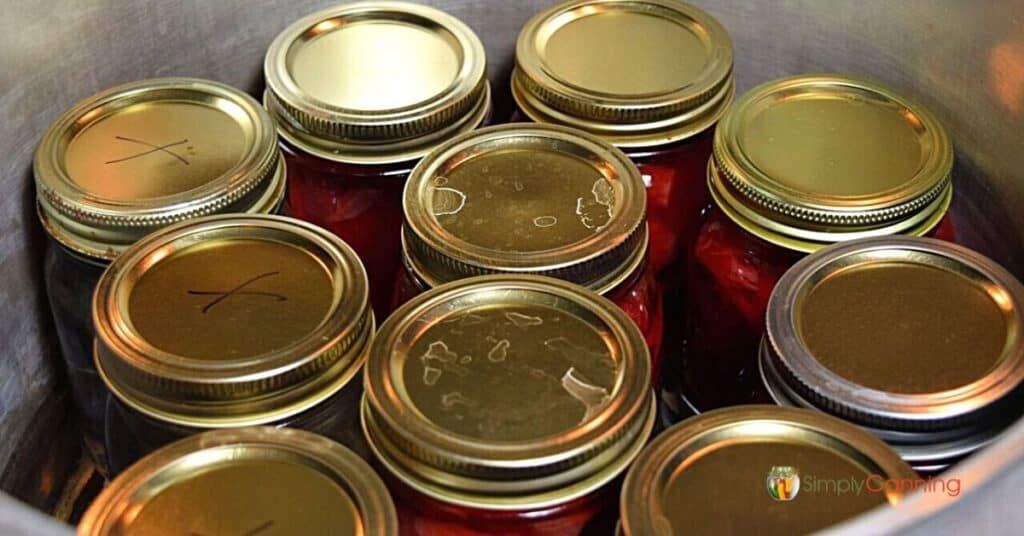
Botulism in Canning at Home
Did you know that Clostridium botulinum spores are on most fresh food surfaces? It is A bacteria in the dirt; it is just about everywhere.
The spores are harmless on fresh foods. However, when certain conditions exist, these spores will germinate, multiply, begin dying, and then produce a deadly toxin.
It is this toxin that causes serious food poisoning known as botulism.
The conditions where botulism spores start creating toxins are:
- absence of oxygen,
- low acidity levels, and
- temperatures between 40 and 120 degrees Fahrenheit (4.5 to 49 degrees Celsius).
Sounds just like the conditions in canned foods! Both home canned or commercially canned.
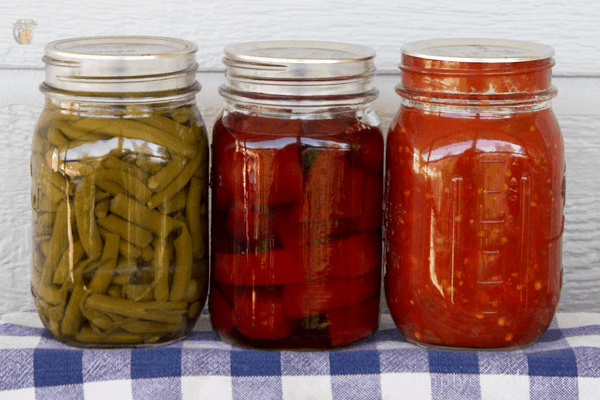
What Does Botulism Look Like?
This question can be interpreted 2 ways.
- What does botulism look like if you get sick? What are the signs and symptoms of botulism?
- What does botulism look like in the jar? Can I see botulism in the jar? Can I smell it? Can I taste it?
What does botulism look like? Symptoms?
Symptoms of botulism can consist of nausea, vomiting, vision problems, muscle weakness, and fatigue. Someone with this illness can also have difficulty swallowing and breathing.
Early signs of botulism poisoning consist of weakness in the muscles of the face, mouth, and throat. Drooping eyelids, vision may be blurred. Swallowing becomes difficult. Breathing may be difficult. Basically, botulism is attacking and causing paralysis in the muscles that control these things.
If you see any of these signs or symptoms, go to the emergency room immediately! It is an emergency condition. Call ahead and let them know you are on the way. It is not something to mess around with.
What does botulism look like in the jars?
Botulism is unfortunately not detectable in your jars. I often see people say “just smell it” or “if it tastes ok it probably is”. But… and this is an important thing to know. Botulism can’t be tasted, it can’t be smelled, and you can’t see it.
As far as I know there is no reliable test available to the home canner that will test for botulism. Your best bet is to know that you processed correctly (which is not hard) and trust that process.
A lot of food spoilage has signs. You’ll know it is there because it smells funny, tastes funny, or looks funny. Some things to look for are: bulging lids, food that spurts out of the jar when you open it (it is under pressure), leaking jars, or even mold on top of the food in the jar.
With botulism, you might not have these signs.
How prevalent is botulism in home canned food anyway?
This type of question is quite common. We wonder if we are making a big deal out of nothing. Actually the statistics are low. But they are there. I’ve got more on that in this article about canning safety and “Are we on overkill?”
My point of view on this is….
- Don’t make a big deal out of the fear of botulism.
- Do take the needed steps to do things in the safest way possible.
That’s it, no problem, no big deal.
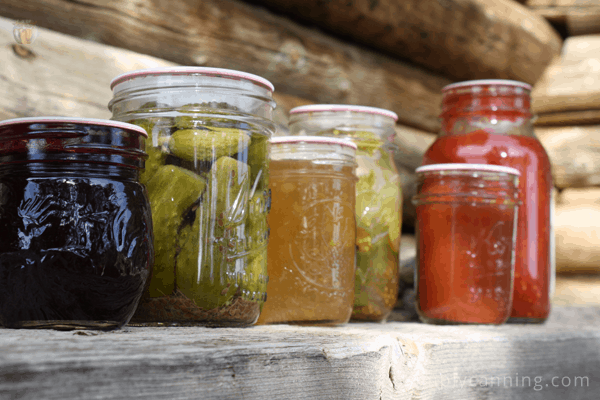
The Good News: Stopping Botulism in Canned Goods
If you have home canned foods and processed properly you should not worry. And remember (I keep repeating this because I don’t want to scare anyone)… proper processing doesn’t mean hard. It really doesn’t.
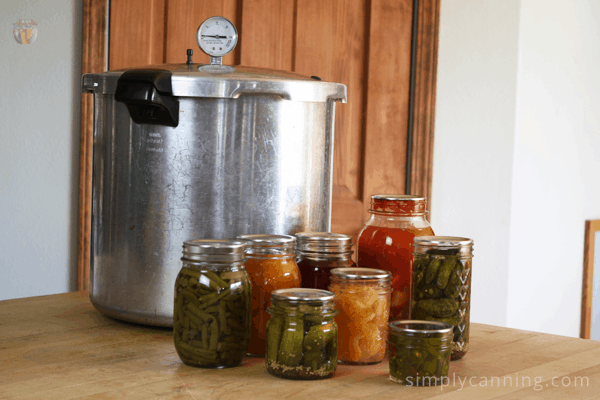
How to get rid of Botulism in Canning
There are 2 ways to get rid of botulism in home canned goods: Heat and acidity. It all has to do with the ph of your food.
High Acid Foods
Foods that are naturally high in acidity can be processed in a water bath canner. The natural acidity of the food reduces the risk of botulism so pressure is not needed. Processing in a boiling water bath is sufficient to stop other forms of spoiling. Foods like fruit and pickled items with the added vinegar. You do still need to follow the correct processing times and methods, other types of spoilage will be avoided.
Low acid foods
Foods that are naturally LOW in acidity are at risk for botulism and should be processed in the high heat of a pressure canner. That high heat stops botulism in its tracks. Foods like meat and vegetables.
Botulism spores are stopped at temperatures above 240 degrees Fahrenheit. This is only achievable in a pressure canner. No matter how long you boil water, it will not reach this temperature. That is why you need the pressure, from a pressure canner, to reach that level of heat.
Guidelines
Tested methods will tell you how to pack your jar, processing time, if you should raw or hot pack, headspace and more. The USDA has in the past done the testing to determine what is recommended. These recommendations can be found on the National Center for Home Food Preservation website.
As a home canner, If you follow the recommended guidelines and process your foods with the correct canning methods, you should have no problems.
- Meats and vegetables you must use a pressure canner for the safest methods.
- Jams, jellies, fruit, and pickles can be processed safely with a water bath canner.
- Tomatoes are a special case they can often be canned with either method….read more here.
How to Clean Up Botulism
First, if you suspect there is botulism in your jars, your food can not be “cleaned up.” It should be disposed of. If your jar is still sealed, the best thing is to just dispose of the entire jar.
If your jar is opened or leaking, you’ll need to detoxify your jar and contents. I have never had to detoxify in this manner. Check this article https://www.cdc.gov/botulism/consumer.html#throwaway for information on how to dispose of suspected food borne botulism.
Remember, animals can get sick too, so please don’t dispose of this in a way that a pet will get into it.
Don’t Be Afraid
I’ve been accused of fear mongering and holding people back from preserving food at home. That to me is so very ridiculous. I have an entire site about home canning. Why would I want you stop canning!?!
My goal is to give you information, because I believe information conquers fear. The fact is, foodborne botulism is avoidable. Just follow tested instructions.
Get started with a Pressure Canner Today!
If you know you want to use a pressure canner to can meats and vegetables, but you are afraid of the canner itself and the process of pressure canning, you are not alone!
There are so many people with this fear, that I created this video training to help you get that canner out and running: Pressure Canning Confidence Video Series.
New Canner with Botulism Fears – Can you Relate?
Paige asks:
Okay, I finally attempted to can my meat sauce following all directions and using a pressure canner. They sealed beautifully. I polished the jars and set them in my pantry with pride. Now, I just look at them. As a Biology major I just wonder if they contain delicious sauce or eminent death from Botulism! I am scared to consume them! Is there any way to test food product for Botulism to ensure your methods are solid?
Sharon’s Answer:
Paige, I don’t know of a method to test for botulism in your jars. However, I’m so glad to encourage you that as long as you are sure you followed the tested methods, your meat should be fine. Enjoy it.
It is nice to encourage someone who is cautious!
More Canning Safety Questions
Liquid loss in home canning – what causes it? answers common questions about liquid loss and safety.
Should you boil your home canned food before serving? Boiling low-acid foods prior to eating them – not during the processing. Let’s clear a few things up.
“Help! I made a canning mistake. What do I do?” Here’s how to know if you should reprocess or just throw it away.
Frequently Asked Questions:
Does Botulism Have a Taste?
No, it does not. It won’t taste sour, it won’t taste bad, it’ll just taste like your food. Do not taste test any jars you are unsure of.
No, you can’t. It won’t smell sour, it won’t smell bad, it’ll just smell like your food. If your food is spoiled in other ways it may smell bad but…. smelling a jar does absolutely nothing when it comes to botulism.
Nothing! You cannot see botulism. It doesn’t bubble. It doesn’t get cloudy. It doesn’t do anything. You won’t know it is there until you get sick.
The most reliable way to know if your food is safe is by your canning methods. Be confident in the directions you follow. Pay attention to details. The recommended guidelines are filled with an abundance of caution. If you follow those directions you’ll be fine. :).
Any food that is improperly preserved, whether that is home canned or even commercially canned foods.
For home canners, this will often be something that should have been processed in a pressure canner. Potatoes, corn, green beans. All vegetables and meats need that high heat and pressure, and tomatoes need the added acidity.
Of course! With quick treatment you will likely survive. Fewer than 5 of every 100 people with botulism die. But they get very very sick! And yes, there have been some that died. Why take that risk? There are often very long term health problems for someone who goes through this
Pin this to Find Later
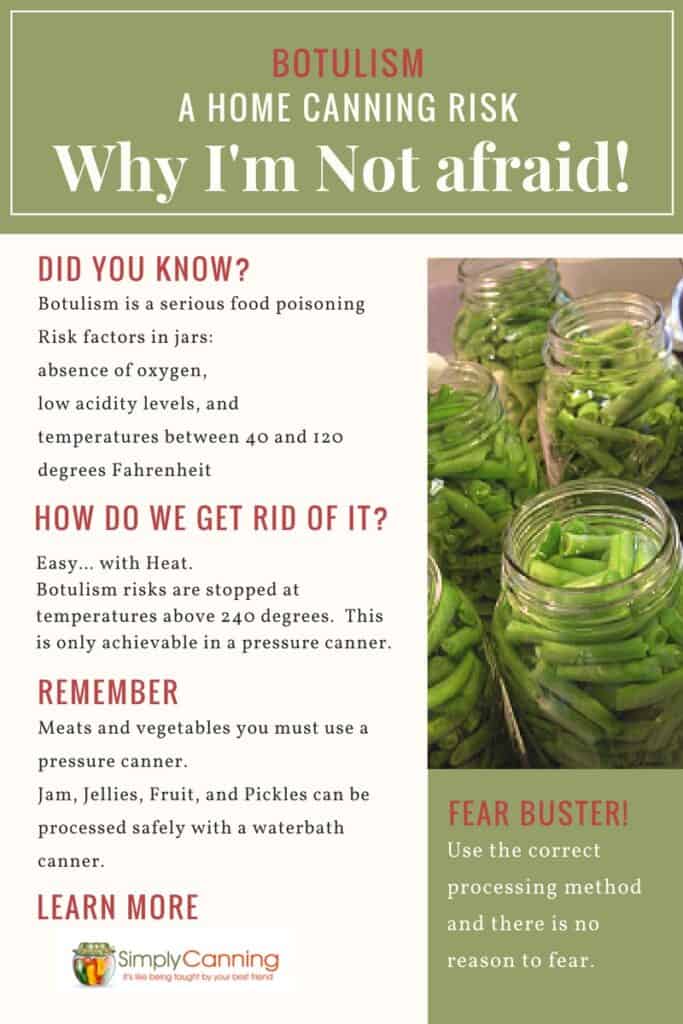
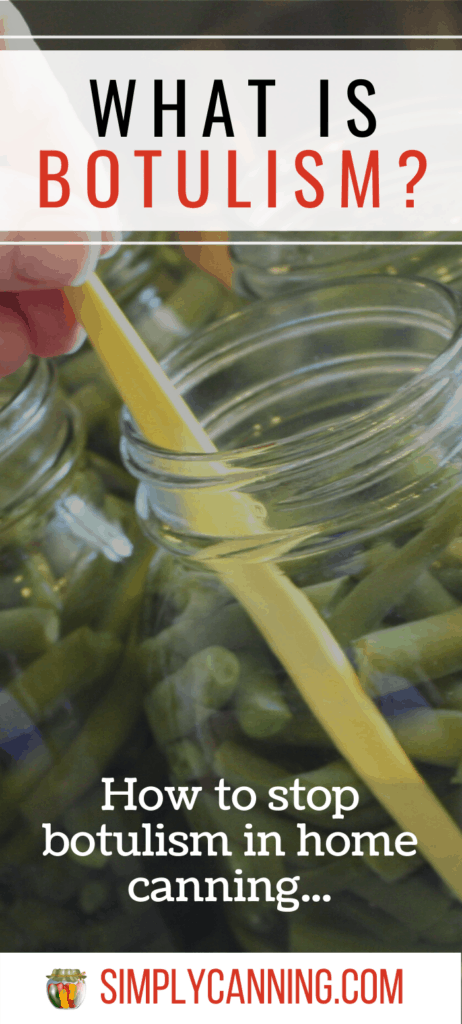
Resources
https://www.cdc.gov/foodsafety/communication/home-canning-and-botulism.html
https://www.cdc.gov/botulism/
https://www.cdc.gov/botulism/consumer.html#throwaway
https://nchfp.uga.edu/publications/publications_usda.html
https://www.cdc.gov/botulism/testing-treatment.html

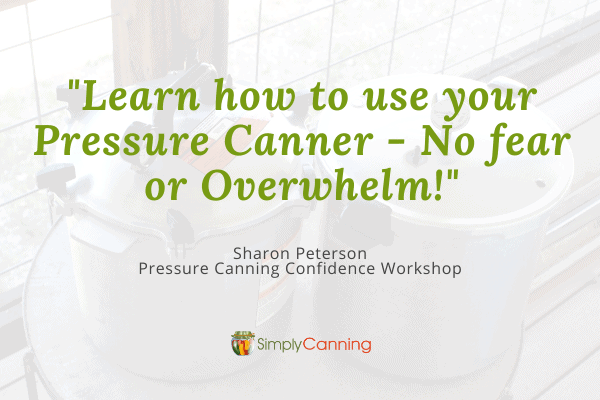
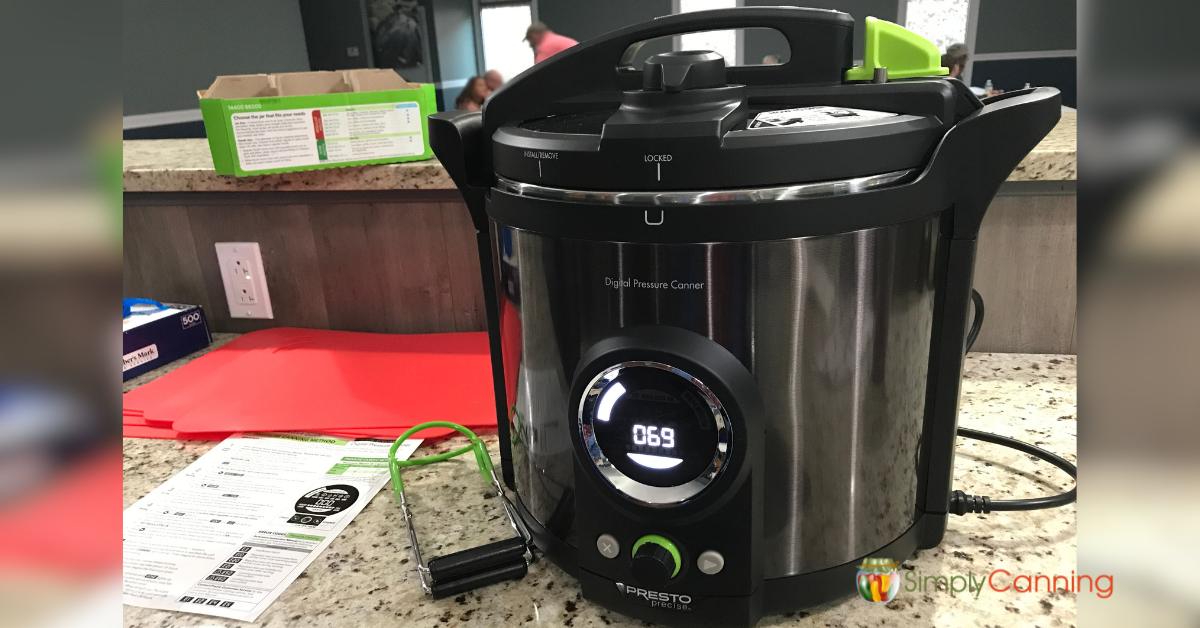
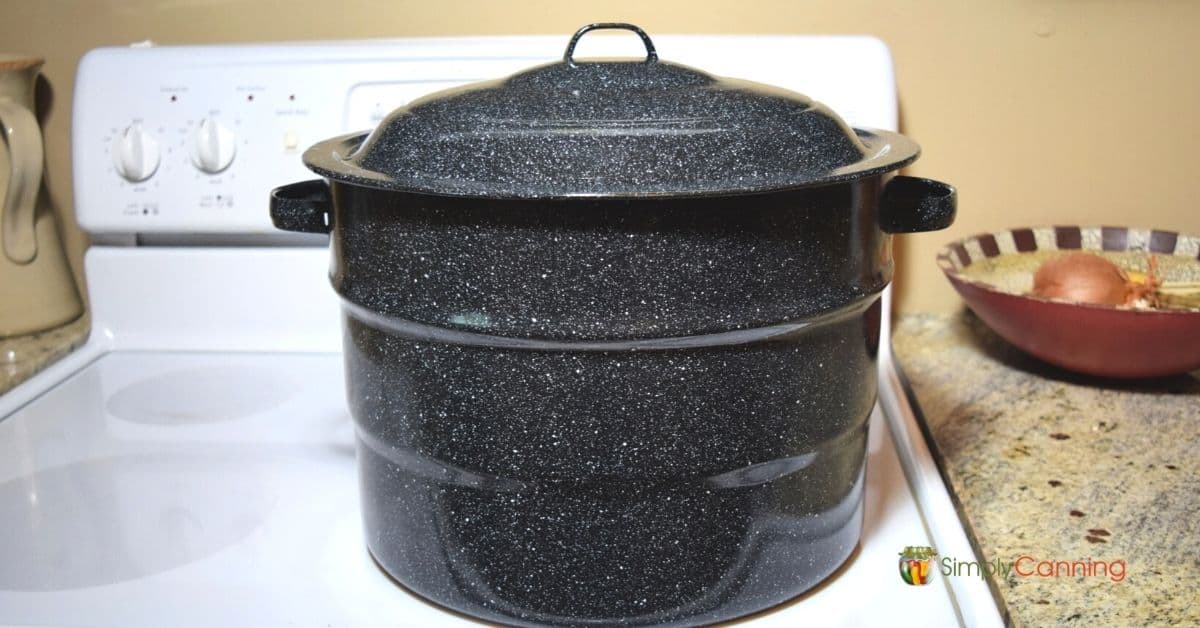
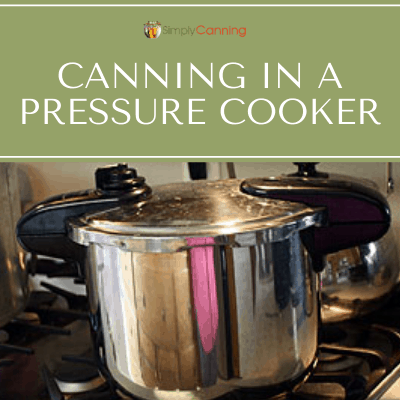
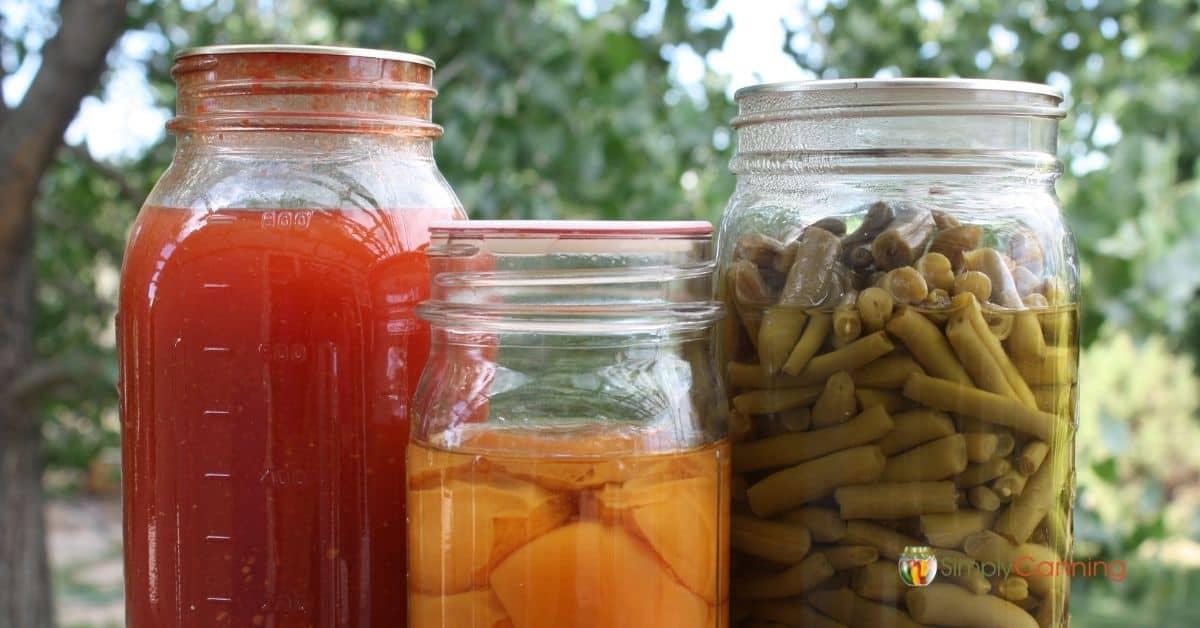
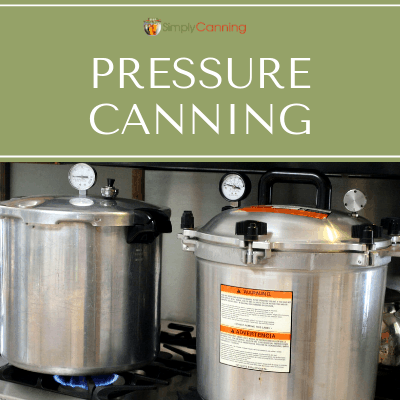
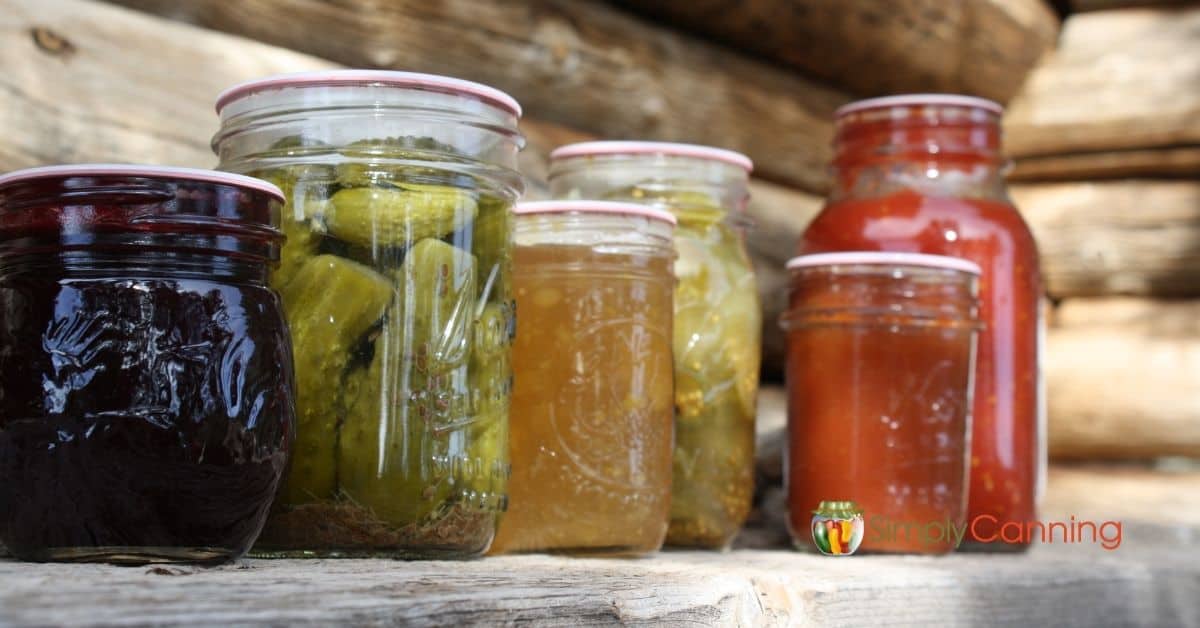
I am trying to understand – if I make stock that is boiled/simmered for 3-6 hours to get all the nutrition and flavour from the bones, strain the stock, bring the strained stock back to a boil for 20 minutes or so, pour boiling hot stock into hot sterilized jars how could this stock then contain botulism? The stock is safe to eat at the point I put it in the jars, why is it suddenly unsafe once in jars? Why the need to use a pressure cooker? The jars will seal without pressure cooker, so sealing the jars isn’t… Read more »
The benefit of processing is that the food in the jar is sterilized while in the jar with the lid and is protected from any outside contaminates. Even though so brief, there is potential for bacteria to be introduced to the jars while filling. You are right in that the jars will seal just because of the temperature difference. But sealed doesn’t mean correctly processed. And yes, botulism is very rare… but it does happen. I’ve got some more articles you might like to read with more of my thoughts. Canning Overkill?? How to Can & Know that Your Home… Read more »
I only can fruit from my garden. Is fruit at risk to forming botulism?